1. WESTERN RANGES
The Grampians, Mount Arapiles & Surrounds
My closest near death experience came in the Grampians, when I was about 10. As with many youngsters, I wanted to be an adult, so one evening I starting chopping wood with an axe, lone-wolf-in-a-wooden-hut style. The blade struck a knot, causing the axe to bounce back forcefully, harder than my little arms could handle; I lost my grip. Somehow, the axe started revolving in the air, end over end, for a timeless moment, before the blunt side of the axehead struck the top of my skull. I was too concussed to experience any sort of revelation, but if I so desired I could easily twist this story into something deep and meaningful about how, because of this experience, the Grampians represent life and living to me now. Well, they say fiction is a lie that tells the truth; that message wouldn’t be too far off.



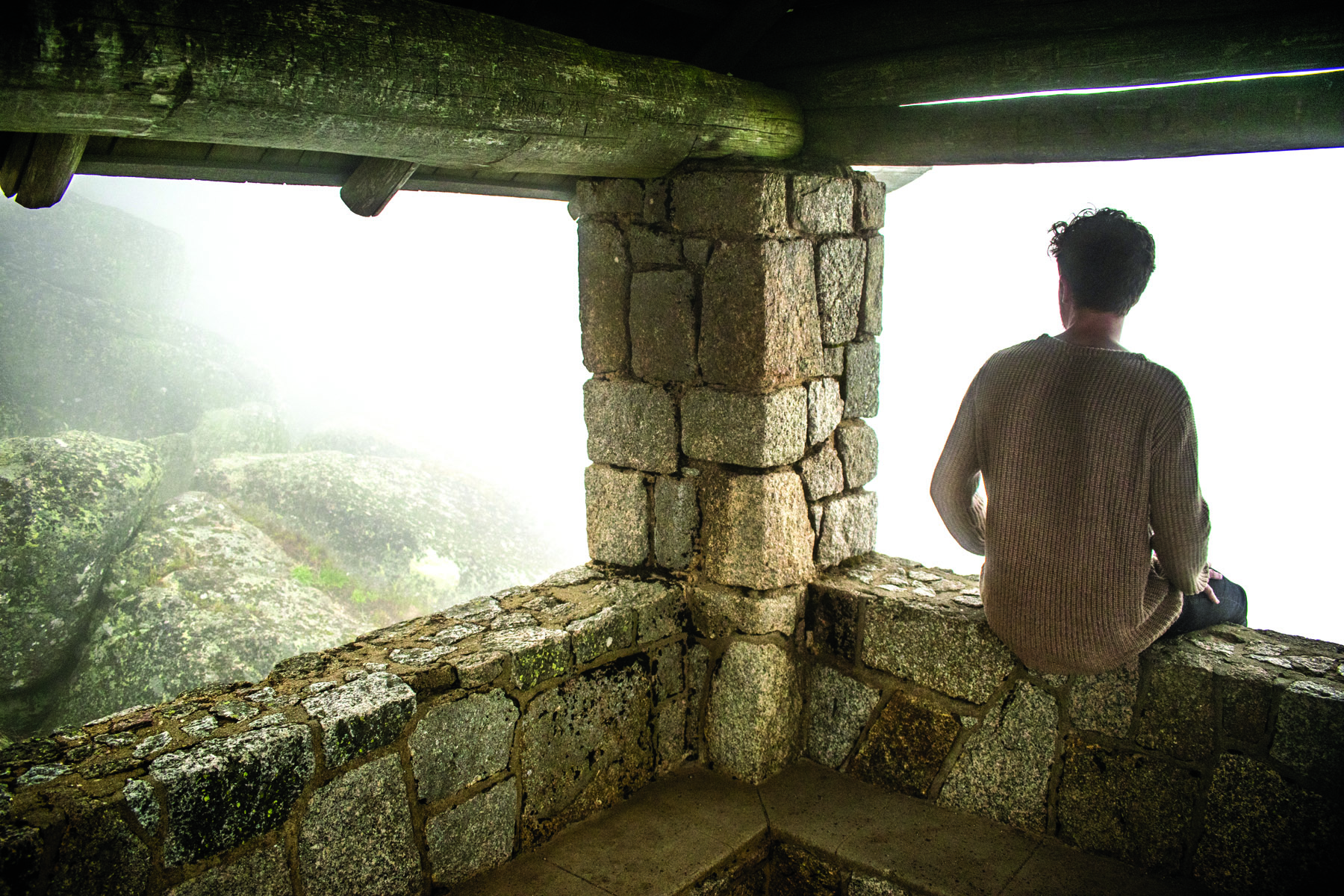
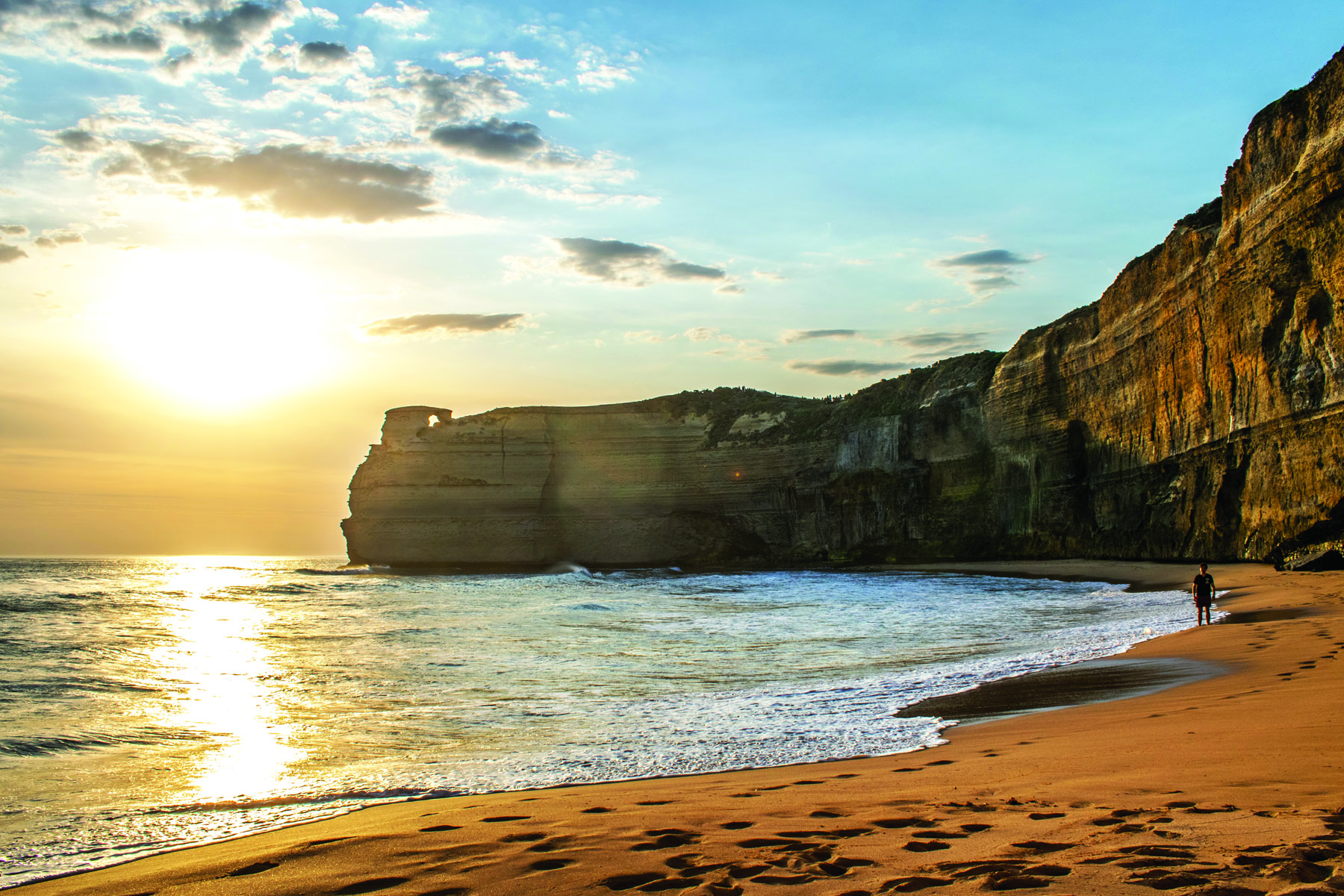
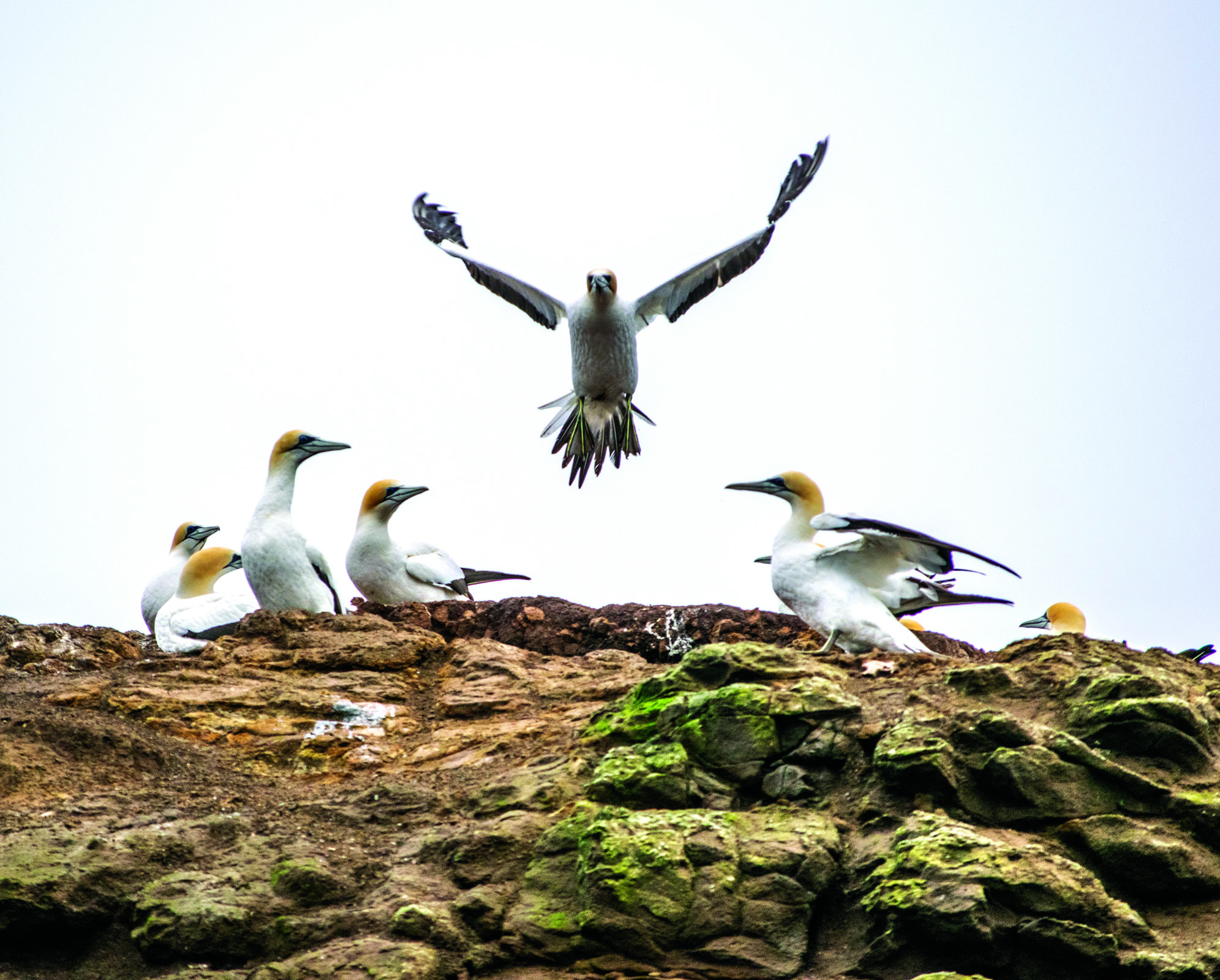
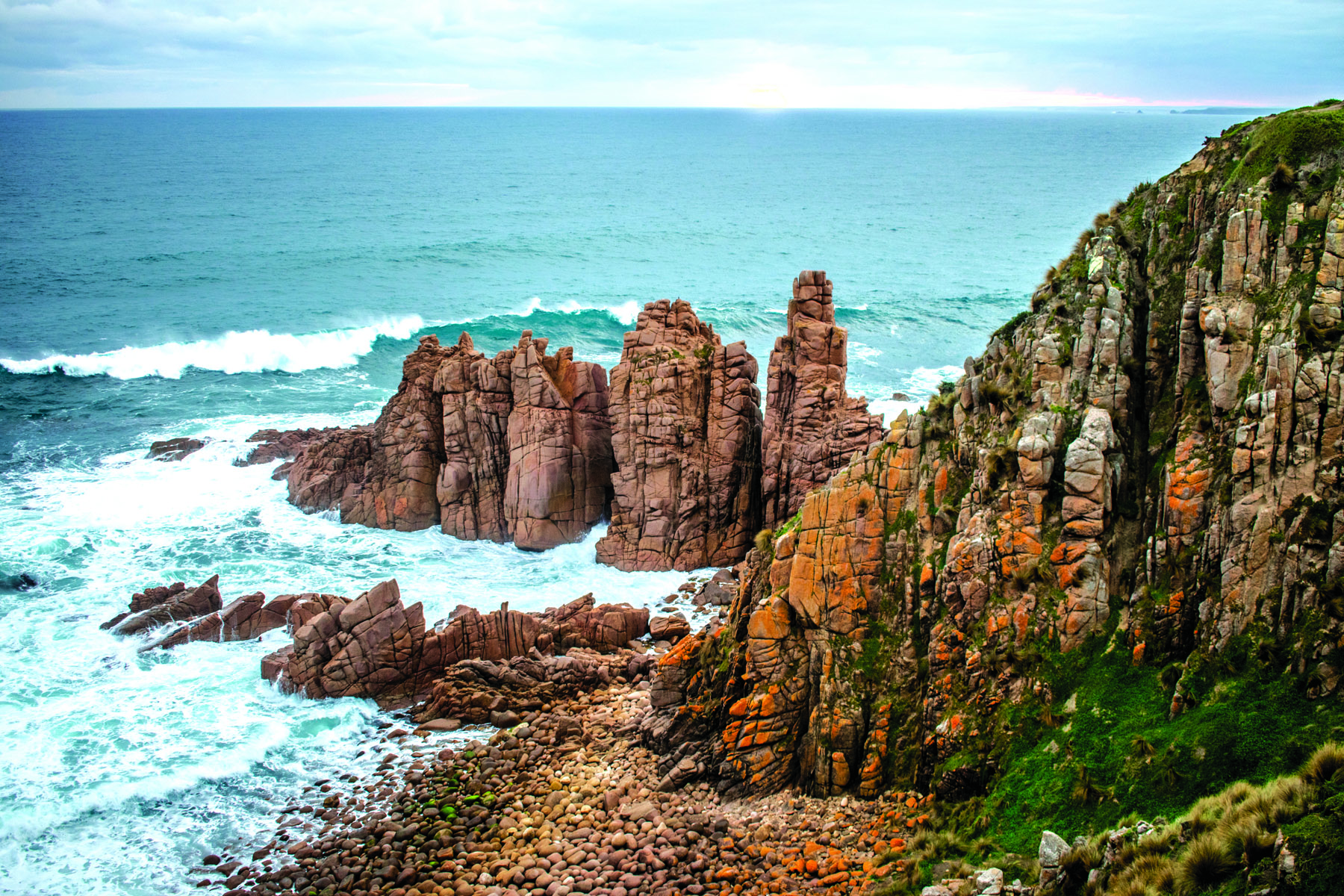
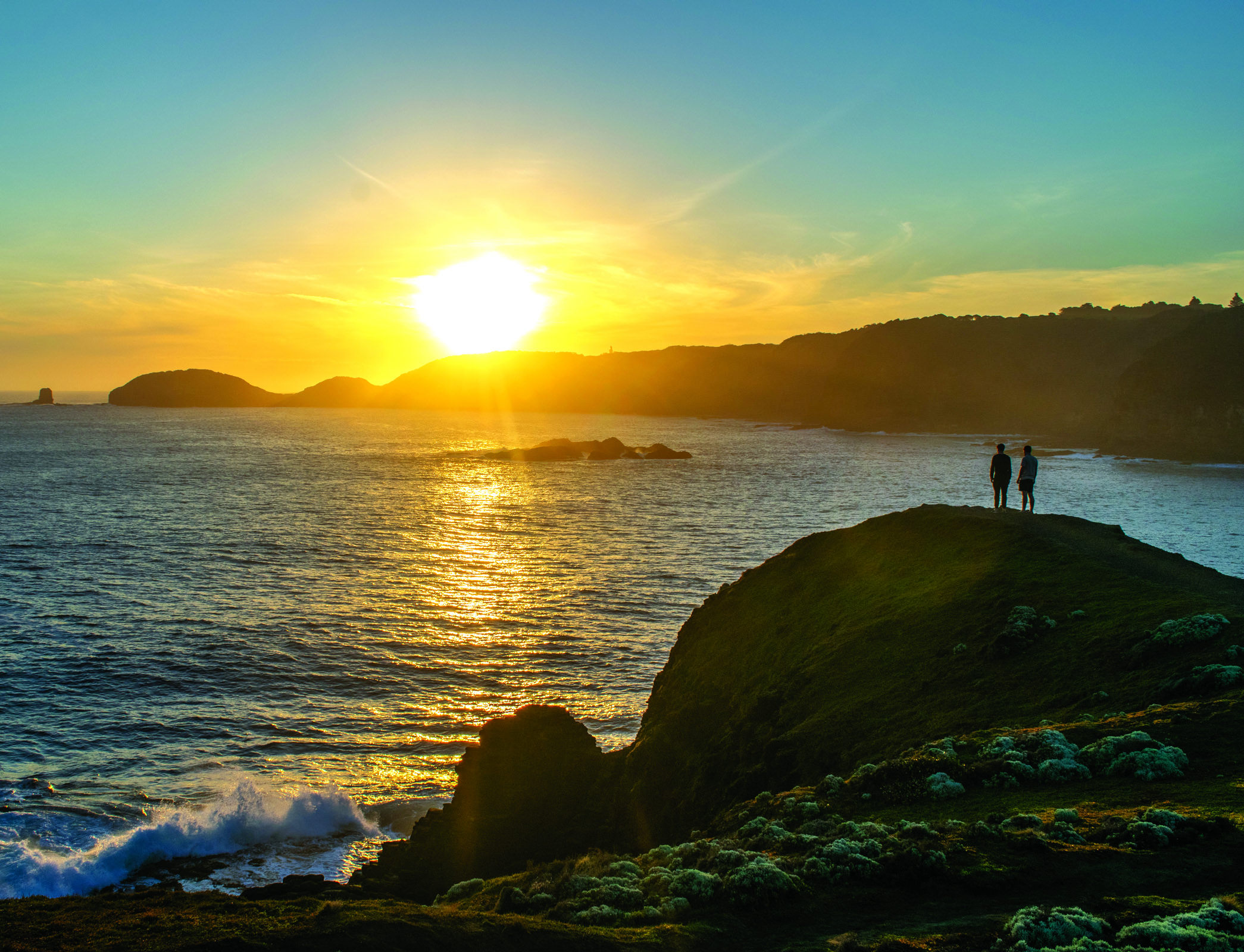
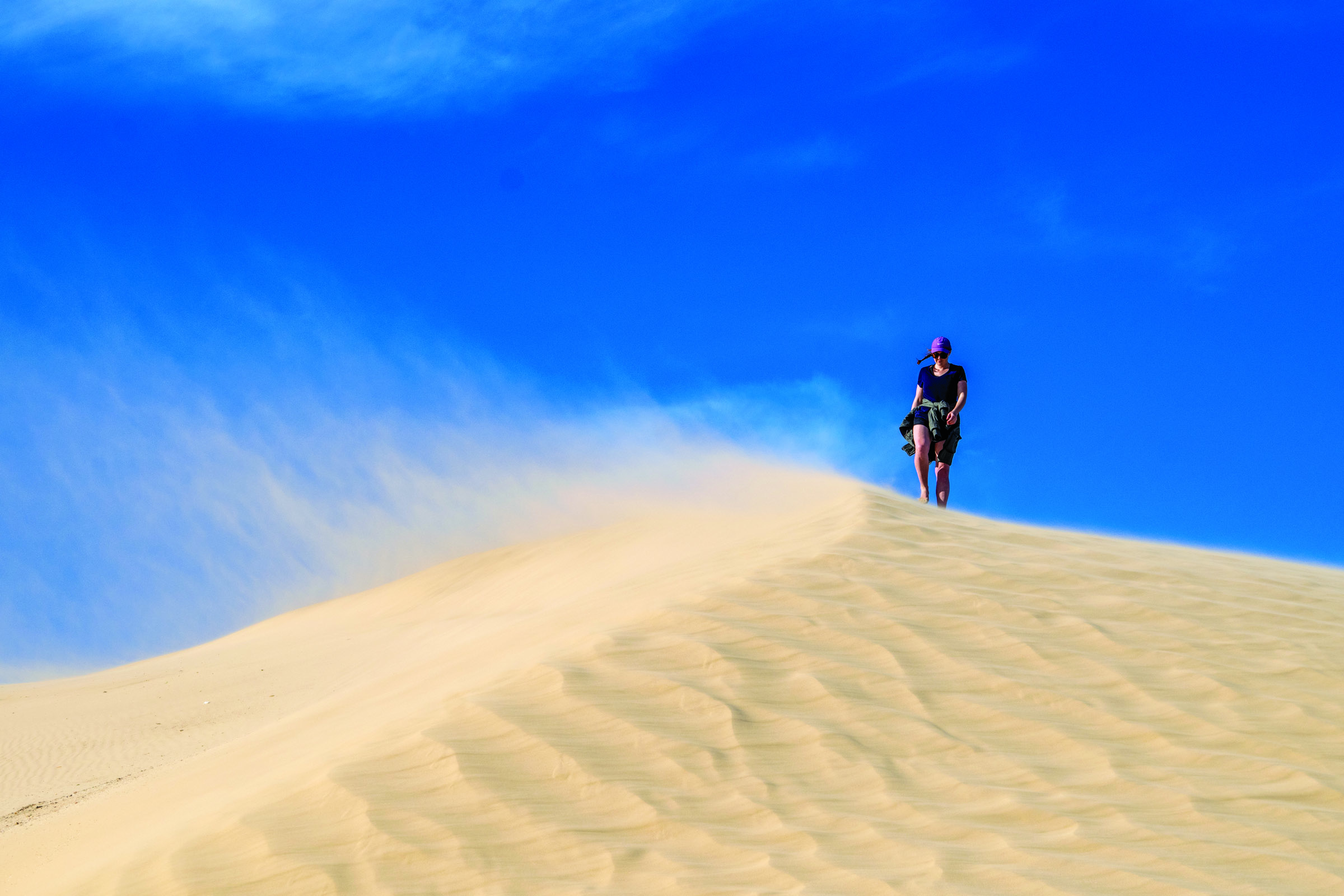
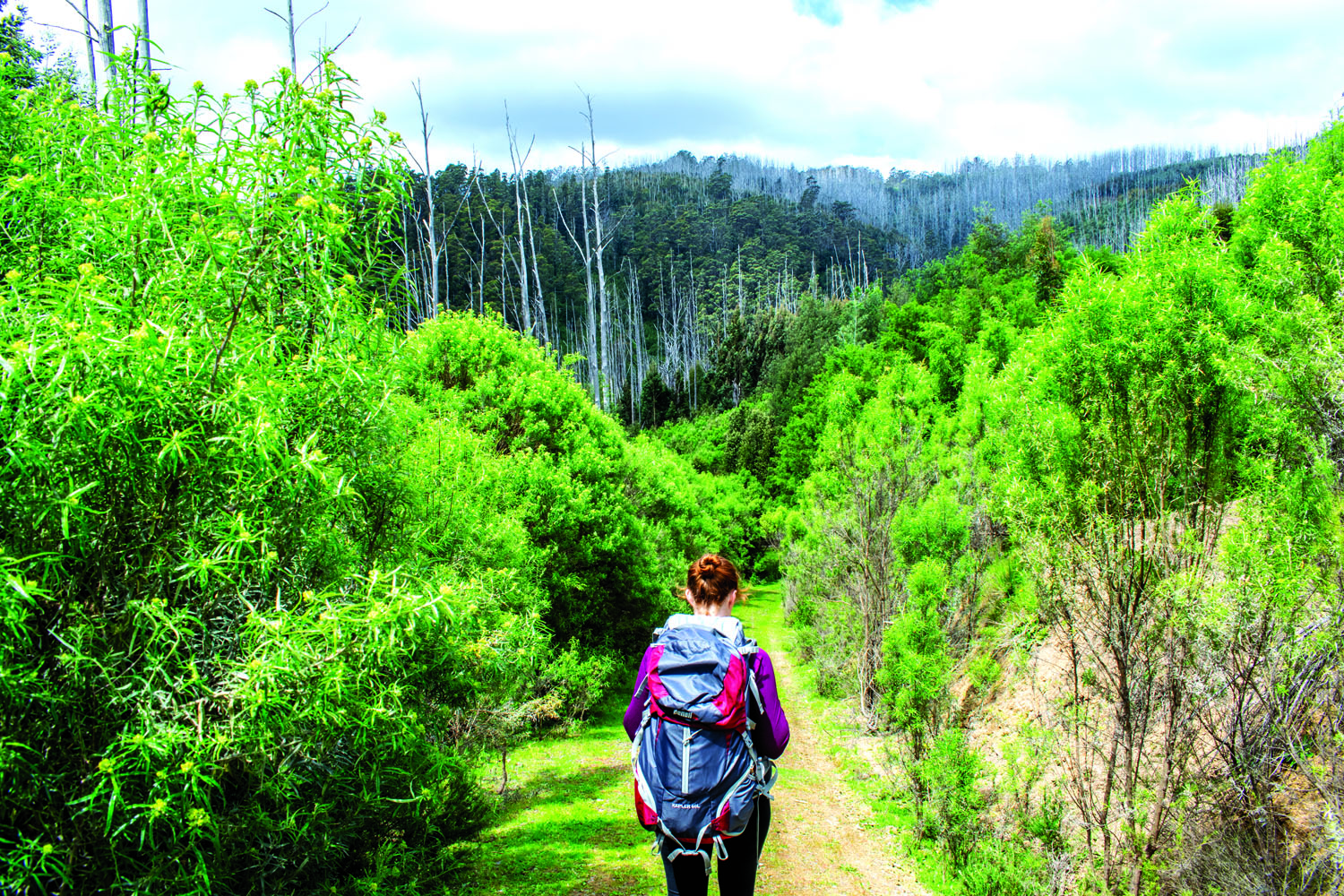
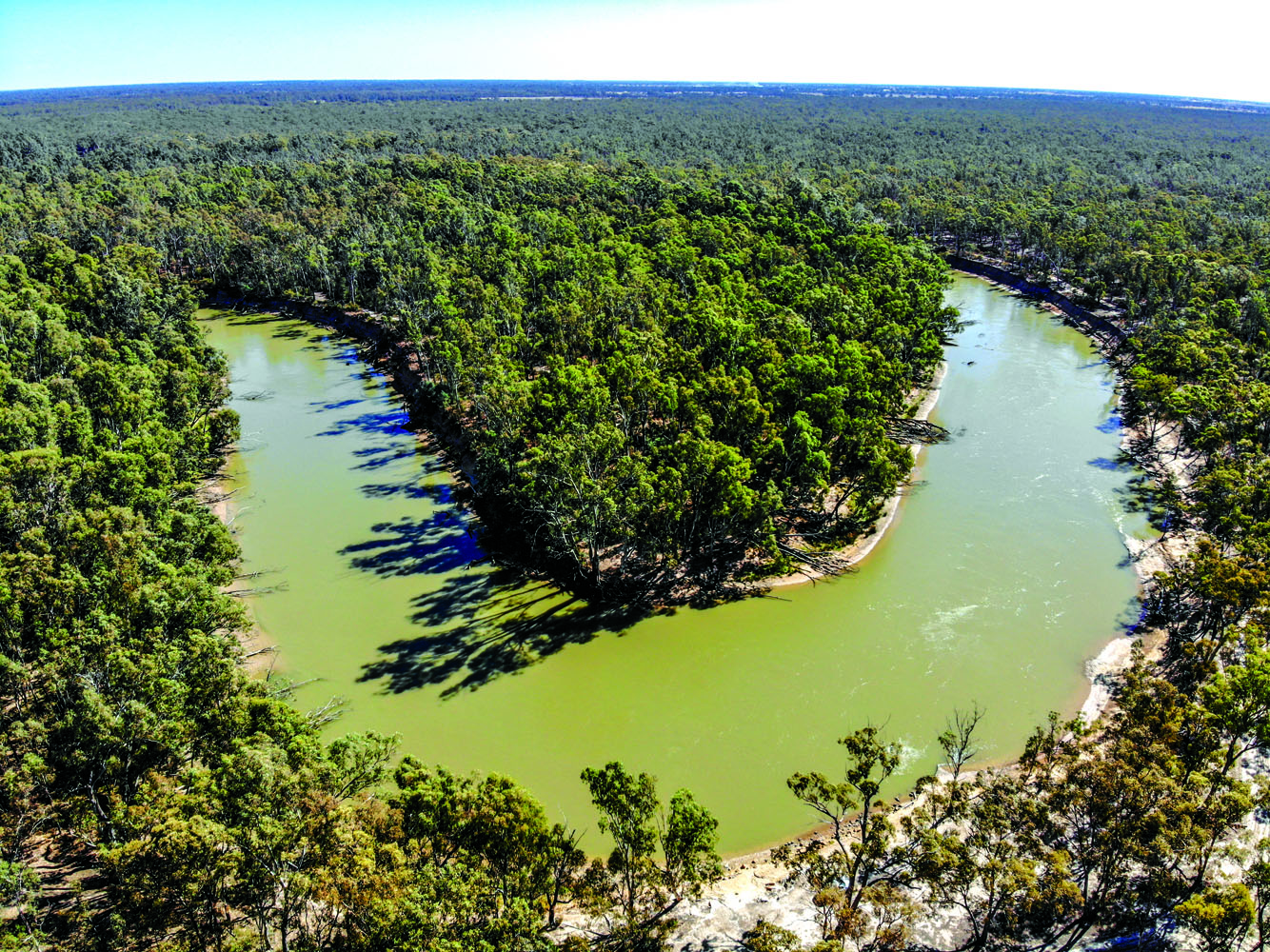
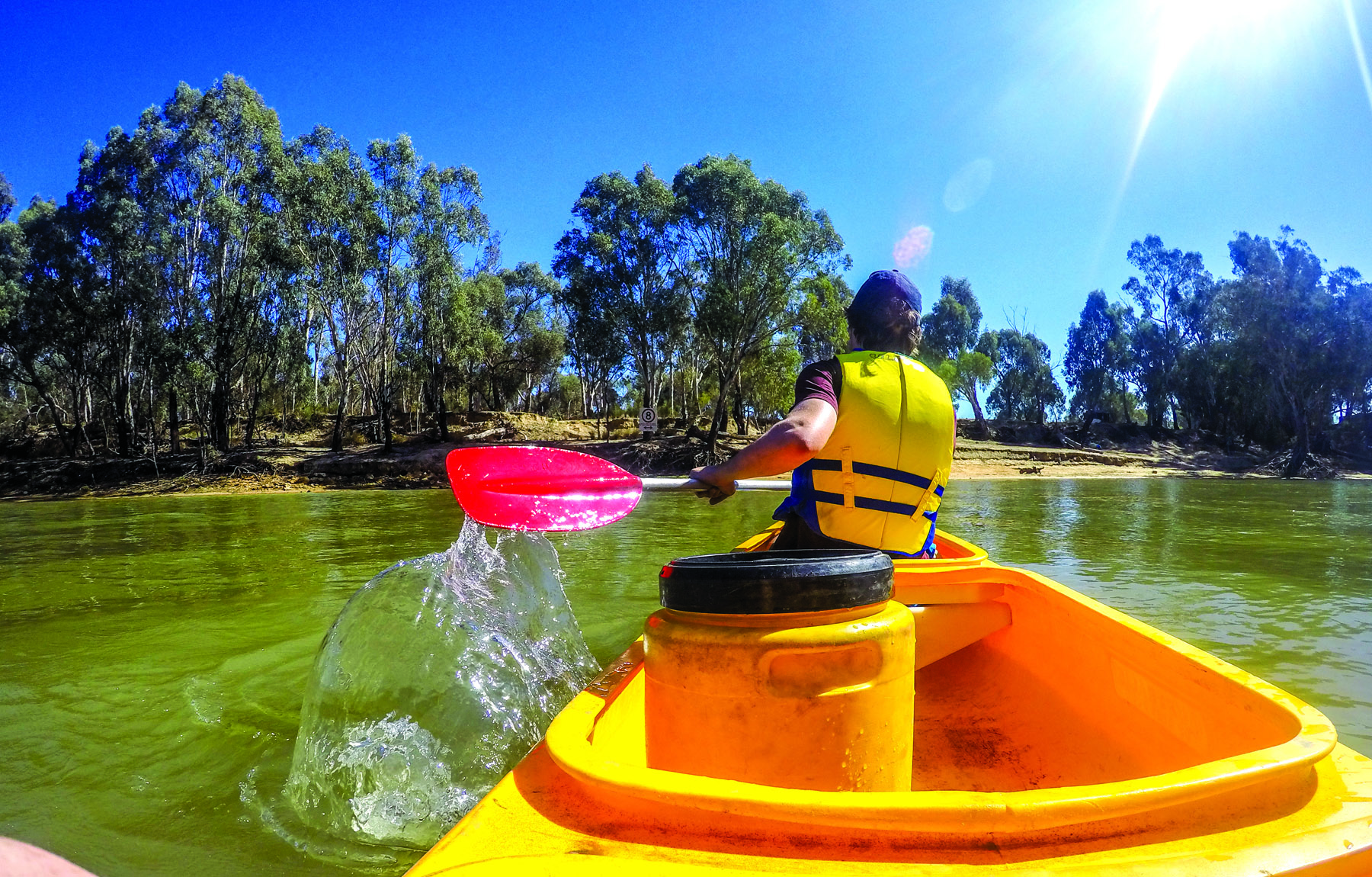
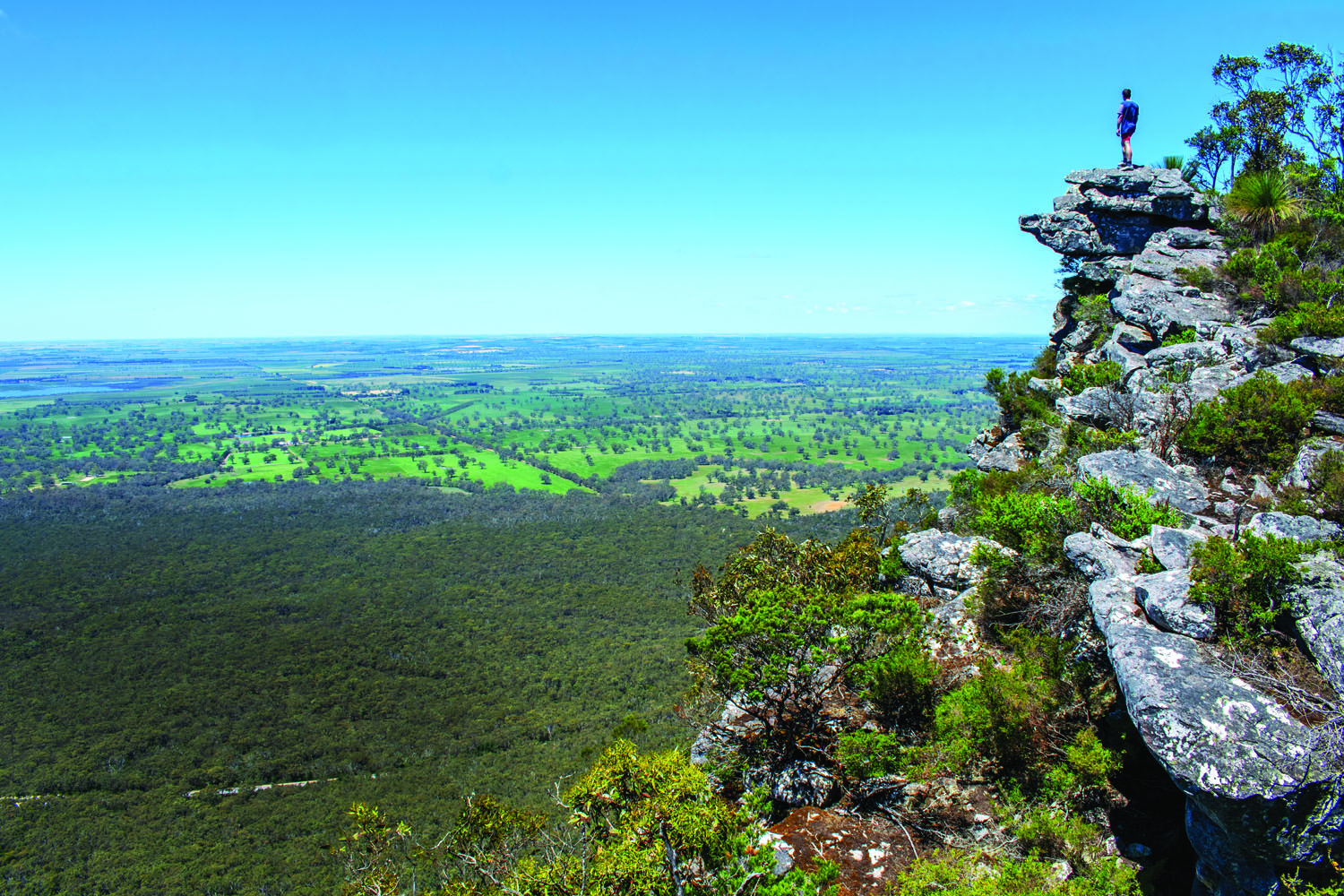
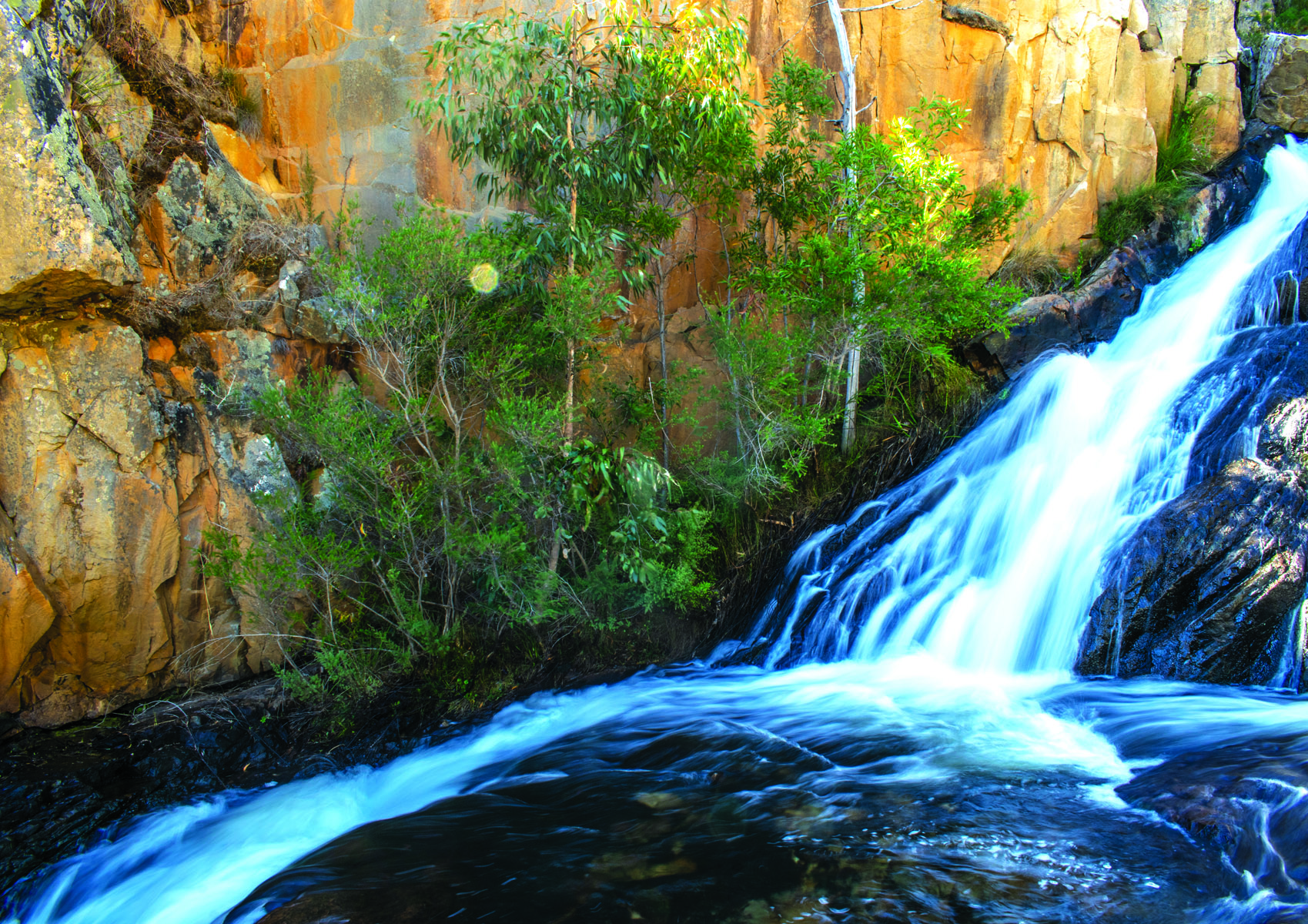
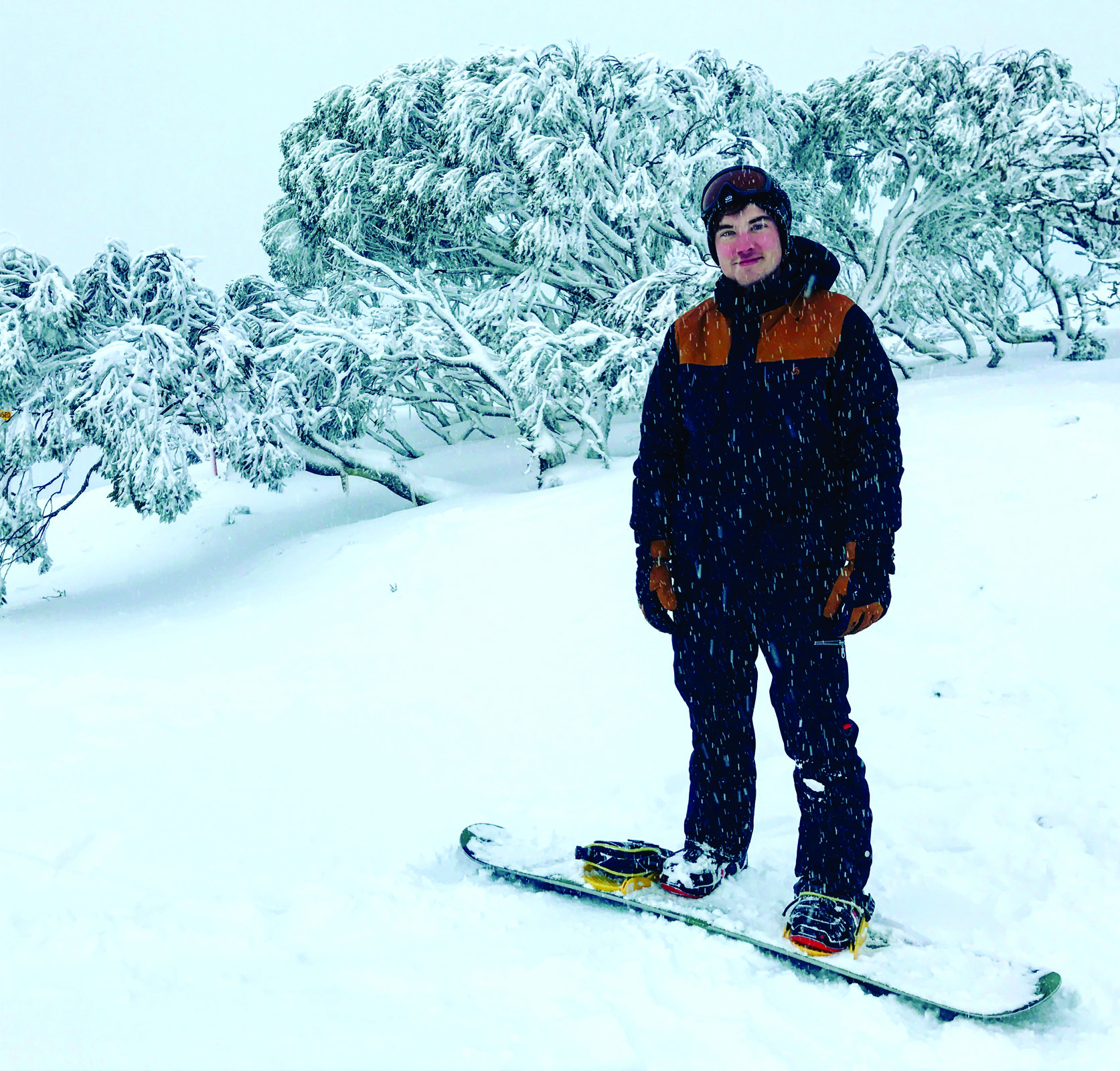
The Grampians have a clear-cut aesthetic, executed consistently to perfection throughout. It strikes you immediately and, with a few visits under the belt, you fall hopelessly in love with it. Dark green dominates, with dense tree cover over most soil. Grey rock juts vertically or planes at unusual angles, creating rifts in the tree cover; the rock is rough to the touch, and scrabbly and knobbly, but never jagged-sharp, and, at its edges, it reaches into the sky or overhangs valleys. Some of its more horizontal surfaces are covered in circles of white moss. You can see back along the ridges you’ve climbed and across the valleys to the exposed faces of parallel ridges, lying ahull, silhouetted or catching golden sunlight.
My approach to the Grampians, historically, has been to sample it in bits and bobs, often basing myself in Halls Gap (and occasionally Dunkeld). Before my journeys, I’d research new hikes – anything from one or two kilometres, to 10 or 15 – and then, on my trip, I’d drive to one of these hikes, complete it, then drive to the next. Over the years, my favourites have proven to be: Mount Abrupt, Mount Rosea, Chimney Pots and the very popular Pinnacle (and associated Grand Canyon and Nerve Test). In the future, I needn’t take this chop-and-change approach. A project is underway to develop a continuous 144km walk, known as the Grampians Peaks Trail; a 36km segment of it is already open. In a world of constant threats to our favourite outdoor places, it’s heartening to see the hikes here developing in the right direction – to see a new opportunity emerge, not an old one close down.
MUST DO:
- Hiking Mount Abrupt and the Grampians Peaks Trail
- Catching a sunset at the top of Mount William
- Climbing at Mount Arapiles or Mount Stapylton (Taipan Wall)
- Bouldering at many destinations throughout the Gramps
- Camping away from the crowds at Little Desert NP
2. HIGH COUNTRY
Alpine NP, Mount Buffalo NP & Surrounds
There was a period of my life, before I’d emerged from uni and casual retail work, when I had the freedom to take extended travels with a number of mates. All of us were still living with our parents and unburdened by financial responsibilities, equipped with just-functional cars and buckets of free time. During this period a mate and I set off to Mount Hotham in July to snowboard. Snow was relatively new to me and the world we discovered was unlike anything I’d experienced: a small, enclosed, whitewashed niche of limited visibility, constantly refuted by the rushing, weaving, full-blown awareness of the space we raced through. Much later on, returning as a Victorian resident, I discovered a new world yet again; this time, in my hiking boots. Thawed earth, burst through with dead snow gums and intricate flowers, rolled into the distance to the faded blue contours of the surrounding ranges. How could this be the same place? I ask myself this every time I go here.
Not only between visits, but even within visits, this diversity exists. One weekend more recently, we completed my all-time favourite hike, the 22km return journey from Mount Feathertop via the Razorback Trail. On top of a surplus of visual panoramas we experienced on that clear calm day, there’s one memory that’s stuck with me. Emma and I sat down to eat bananas, in the lee of a rocky outcrop. I could not believe how loud we were chewing the bananas, our teeth coming down like the footfalls of Godzilla. It took me a moment to realise that I was simply hearing it so acutely because of the absolute silence. When we stopped eating there was no noise. Nothing. My ears, unaccustomed, strained for it.
After camping next to the Ovens River that night, we headed to Mount Buffalo the next day. After a dip at Ladies Bath Falls, in the enliveningly freezing, gold-hued pool at the base of the waterfall, we moved onto Cathedral Rock, a famed rock climbing spot that made Outdoor’s cover a few issues ago. A storm was rolling in; from a vantage point up high, we watched as, across the plain, short, wide lightning strikes cut through the bruised purple sky. No silence anymore; instead, loud, carrying thunder. We soon moved onto the Horn Lookout; when we arrived, there was fog in the valley, and within a matter of seconds, that fog had completely engulfed us, obscuring all detail and lighting up from deep within with pulses of white lightning. That was our weekend. And that’s what you can expect from the High Country at its best.
MUST DO:
- Hiking Mount Feathertop or Mount Bogong
- Kayaking the Ovens River or Catani Lake
- Cycling Mount Buller/Stirling or Falls Creek
- Rockclimbing the Gorge or Cathedral in Mount Buffalo
- Snowboarding or skiing at Mount Hotham
3. GREAT OCEAN ROAD
Great Otway NP, Port Campbell NP & Surrounds
Nothing shouts passion for the outdoors like a busload of
tourists, departing for a 10 minute stopover at the Twelve Apostles, elbowing their way forth through the swarms to the handrail, never glimpsing the natural wonder but through their iPhones. The Great Ocean Road has been subject to mono-maniacal marketing, so in going there you do enter the tourist fray, but the landscapes justify your presence and there are ways of avoiding the hubbub. Heck, all it takes is straying from the established boardwalks – in fact, it’s startling how much the more established infrastructure contains people, who treat it like some God-given cue.
We turned onto the Great Ocean Walk from Gibsons Steps car park and found ourselves alone within moments. No one else was walking along the dirt path cutting through the coastal shrubs; it was just us, with the road and farm pastures to the left, the ocean expanding towards Antarctica to our right, intensifying rainfall, and a little tiger snake that took a lunge at my leg. It was crazy how quickly everything had transformed – one moment, a tourist-packed landscape kowtowing to human need; the next, a desolate, snake-riddled, limestone wasteland. Needless to say, I loved it. This point, technically speaking, is at the end of the 100km Great Ocean Walk, which is designed to progress from east to west; other places along it are further away from the crowd again. Short on time this time round, we merely dipped in at various points – Moonlight Head, Wreck Beach, Johanna Beach – but we’re eager to complete it fully in the future.
Another time, we headed further afield, using Portland as our base, drawn in by the promise of the Great South West Walk. Again, we didn’t have the time to complete its full 250km. We started at the Cape Nelson lighthouse. Sea fog had obscured the horizon and drifted over the land, making for blurred edges, empty distance and intense humidity. Walking through the low visibility, along the cliff line dropping perhaps 30 to 50 metres to the ocean, over the air-pocketed, limestone rubble, grown over sparsely with unrecognisable shrubs, I half expected a big green alien to emerge from the fog, cock a shotgun and tell us to get off his property. Later, we encountered some slightly more friendly wildlife in the form of gannets near Portland and seals at Cape Bridgewater, from afar in both cases. The gannets are surrounded by a fence, to keep out human and four-legged predators; the seals are at the base of an ocean cliff. You could, in theory, paddle out to greet them.
MUST DO:
- SUP boarding in Torquay or surfing at Bells or Johanna Beaches
- Hiking the Great Ocean Walk or the Great South West Walk
- Sandboarding or simply exploring Swan Lake sand dunes
- Feeling dwarfed among the Otway forest and Californian Redwoods
- Wildlife watching in and around Cape Bridgewater and Portland
4. EASTERN PENINSULAS
Wilsons Promontory NP, Mornington Peninsula & Surrounds
Midway through 2018, Emma and I drove from Adelaide, our then-hometown, and stayed in an AirBNB in Melbourne’s city centre for an interview Emma had for a marketing role with a packaging company. In our free hours, we walked down the rubbish-strewn, rank-smelling street art lanes – Hosier, ACDC, all the big ones. The day of her first interview, Emma received a call from another company with a more earth-friendly focus, who wanted to interview her the following day. So, we extended our stay and explored the Mornington Peninsula. Hiking along the battered coast, with its fizzing whitewash swells and eroded yet triumphant rock formations, showed us another side to Melbourne we might have missed. Emma received both job offers. Without much need to weigh it up, she took the latter and turned down the packaging one; but things could have been very different. After moving over, we’ve consistently returned to this area – our fateful first glimpse of what was on offer here – delving further to Phillip Island and Wilsons Promontory.
Mornington Peninsula, particularly the south-western coast from Rye to Flinders, is a very accessible place for day hikes; the true wildness you experience is that of the Bass Strait, with its booming swells and violent currents relentlessly battering the jagged, rocky, scrabbled coast. The scenery at Cape Schanck, as you make your way down the boardwalk, and as you rock hop around the back to see Pulpit Rock, is out of place so close to civilisation. Other sweet things to try include hiking to Bushrangers Bay of an evening, then pseudo-rock climbing up the sometimes-island on the bay’s left to catch the sunset; and appreciating the submerged rock ledges creating salty waterfalls at Rye Ocean Beach. Up and off the Peninsula, then a little south-east, you’ll come upon Phillip Island. Best of all here is Cape Woolamai, a decent surf spot and a nice place for a stroll around the headland. We’ve seen folks rock climbing the orange faces of the Pinnacles here, with the swell crashing below them.
Wilsons Prom throws all of the above out of the window. Attempting to put my appreciation of this place into words is a massive struggle, destined to degenerate into a reliance on cliches, such as the one I’m relying on now: “cannot be put into words”. Its greatness didn’t dawn on me with some bone-dry logical formula, that I can now recount to others; it’s got more to do with what I feel there, perhaps best described as awe. Anyway, moving on, a few unmissables for a day trip include the Big Drift sand dunes and the Tongue Point hike with a detour down to Fairy Cove. The most epic parts are down south, where there’s no car access; Emma and I threw ourselves headfirst at an overnight hike here recently, tracking 36km through Sealers Cove, Refuge Cove, and Little Waterloo Bay, before returning home via Telegraph Junction. The Prom is equipped with multiple minimal-facility camps so you can pick your own route, through the overgrown swampland, mossy forest, towering trees and calm bays. The views make a terrific backdrop for a genuine test of self-sufficiency.
MUST DO:
- Overnight trekking Wilson Prom’s Southern Circuit
- Hiking Tongue Point, Vereker Outlook, or George Bass Coastal Walk
- Paddling the calm side of Mornington Peninsula, surfing the rough
- Watching a sunset at Bushrangers Bay or Cape Schanck
- Cycling at Point Napean or MTBing at Arthurs Seat
5. EAST GIPPSLAND
Croajingolong NP, Snowy River NP & Surrounds
When I first moved to Victoria, a lot of our activities centred near Melbourne and its sprawling outskirts. Such places were easy to access and made for achievable weekend trips. As time went on, our curiosity about more distant destinations grew, helped along by the quality of the eastern coast thus far; we started asking, what was there to experience slightly further away? What would the reward be for extra effort? Thus began our experimentation with the farthest reaches of the state, buried deep within the pointing fingertip of eastern Victoria. What we found was a world thoroughly removed, geographically and experientially, from the state capital.
The coast along here, for a large part, is less your battered punching bag, more your estuary-style harmonisation, with land and water fusing together seamlessly. This makes for some nice places to paddle, such as the Gippsland Lakes, with the seaside towns of Lakes Entrance and Metung being good places to base yourself. There’s a lot going on inland, too – the 25km Mitchell River Walking Trial in Mitchell River NP, 16.5km Silver Mine Walk in Snowy River NP, and the 21km Tarra Valley Loop in Tarra Bulga NP. We struggled to follow this latter loop just by going off the signs; it mostly follows old overgrown fire tracks, packed with eucalypts and ferns, as well as a lyrebirds and wombats. Though it required some roughing it, it definitely felt, skeptic though I am, that I was tuning into some whispery secret of the forest.
Furthest away from it all is Croajingolong National Park. This is not your ’round-the-corner milk run; it’s a solid six hour drive away for most of the state’s population. The whole region suffers from an information-shortage, being so remote, but that can make the discoveries all the more rewarding and the experience less calculated. Last time we stayed at the campsites at Thurra River, and were gobsmacked by the scale of the dunes out the back, and the vistas they offered; just as we were by the awesome sunset breaking through the gnarled storm clouds over the ocean near Point Hicks Lighthouse.
We’re really keen to hike the 100km Wilderness Coast Walk, or a fragment of it soon – forging through tidal crossings, getting lost and fumbling with a compass, pitching on the beach, no signs of human development, just the ocean’s song – but the one-way journey is a big logistical challenge, unless you have the time or will-power to backtrack to your car. Still, the genuine middle-of-nowhere, desolation coast vibes of the place have been working on me for a few months now and are sure to soon succeed.
MUST DO:
- Kayaking the Gippsland Lakes or Mallacoota Inlet
- Hiking the 100km Wilderness Coast Walk and camping in solitude
- Exploring the Thurra River sand dunes or overgrown Tarra Bulga forest
- Cycling the East Gippsland Rail Trail or Nowa Nowa MTB Park
- Overnighting on the Silver Mine Walk at Snowy River
DARK HORSE: The Murray River & Surrounds
The Murray River and the Mallee and Sunset Country associated with it were awfully unlucky not to be included on this list. The region only really missed out because of its limited diversity in comparison with other places; its lack of elevation basically rules it out for climbers, and makes it less ideal for MTB. However, some awesome hiking and cross-country cycling opportunities do exist here; and most importantly, the region is arguably the best of all for water-borne adventure types, who set out on SUP or in a kayak.
On top of this, it is perhaps the most distinctively Australian of the lot. This is one region you would really struggle to find overseas. On a floating vessel, there is something truly special about making your way down this large brown river, around its snaking bends, and past its crumbling ochre banks and dense gum forests; all the while soaking up its colourful reflections, billowing morning fog, and screeching and squawking birdlife. We set out in a canoe recently and explored around the Echuca area – one of the more built up areas, whereas other stretches are thoroughly remote – and that short foray has planted a seed in our minds for a much longer journey.





